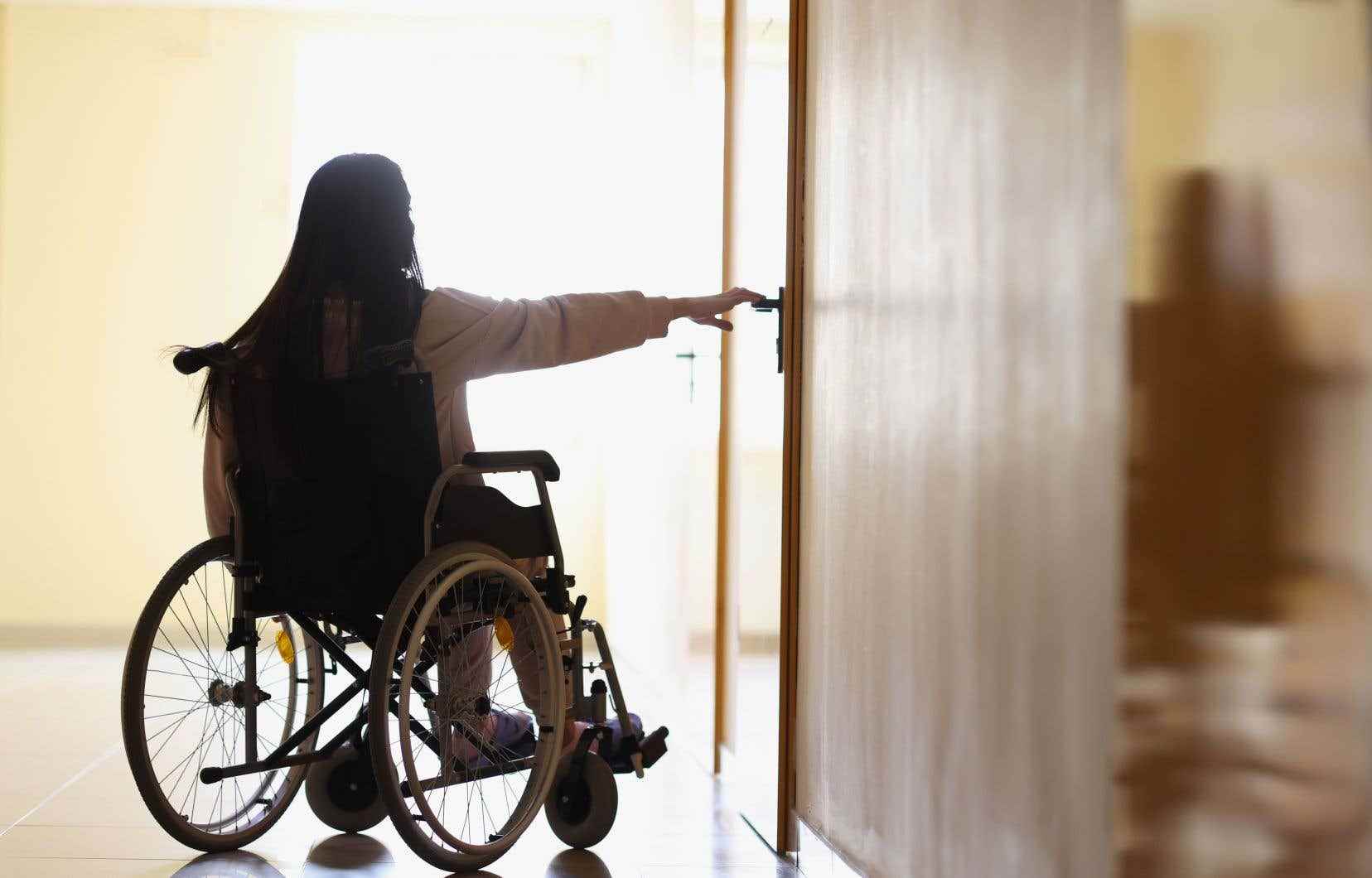This text is part of the special Real Estate section
According to’Canadian Survey on Disability 2017, 16.1% of the population aged 15 and over in Quebec is affected by at least one disability. Thinking about housing through the prism of inclusive design means taking this clientele into account. Where are we on this issue?
In terms of inclusive design, we can take simple steps, explains the consultant in inclusive design and universal accessibility, Christelle Montreuil. For example: lowering the height of switches to make them more accessible to people in wheelchairs, or even prefer lever handles to round handles, because they are easier to handle.
Linda Gauthier, president of the Regroupement des activistes pour l’inclusion au Québec (RAPLIQ), evokes the problem of the axis of gyration of a wheelchair, that is to say the circumference of the circle formed by the wheels when it is pointed. “Whatever the room, the Quebec Construction Code recommends 1.5 meters in circumference as the axis of gyration, which really does not take into account people using a motorized wheelchair,” she laments.
Changes in 2023
From July 8, 2023, designers will be required to comply with new standards for building accessibility for people with disabilities. Several improvements have been made, explains the regulatory advisor at the Régie du bâtiment du Québec, Pierre Dionne, who participated in the drafting of a guide aimed at popularizing these new standards. For example, it will now be mandatory to indicate a sign to the lifting device or the elevator, to build a small curb on the exterior access ramps in order to prevent the wheel of a wheelchair from overflowing , to choose water fountains that respect certain heights of controls or sprinklers, to standardize the place of toilet paper in sanitary installations or to standardize the height of door mechanisms. The guide also highlights many good practices in terms of inclusive design, which sometimes go beyond the minimum requirements.
“They are attached to the requirements of the standards, so we hope that the architect or the designer will take them into account,” admits Mr. Dionne. But it is true that more often than not they stick to the minimum requirements. »
If Christelle Montreuil does not believe that designers will really go further than what will now be mandatory, she especially regrets that the new standards do not concern dwellings, such as semi-detached houses, duplexes, townhouses, etc. “The residential housing stock will not be more accessible,” she criticizes.
François Routhier, co-director of the Société Inclusive organization, confirms that finding accommodation when you are a person with a physical disability is a real “challenge”. “Finding a building with automatic doors at the entrance is already a problem,” he notes. And the picture is no better in HLMs since at the end of 2015, the City of Montreal counted 8,044 adaptable housing units or those with minor adaptations and 1,036 adapted housing units among its approximately 60,000 social housing units. This stock thus represents only 11% of the rental housing on the island, and less than 8% of all housing.
On the developer side
“Historically, it is true that homes were designed for people with complete autonomy. But that does not mean that we are not interested in it, ”concedes Matthieu Cardinal, vice-president of development for Humano District, in Sherbrooke. The latter is also the partner of a study conducted by the University of Sherbrooke which attempts to specify the housing needs of an autonomous autistic clientele. for this clientele than acoustics or luminosity. »
According to him, thinking through the prism of inclusive design is part of the duty of developers. “I’m not telling you that we are going to build 90% of our homes according to these criteria, but why not 5% or 10%? »
Mélanie Robitaille, vice-president and general manager of Rachel Julien, a real estate developer in Montreal, also indicates that she wants to go “further” than what the standards require. She is currently working on two rental projects, in the Côte-des-Neiges and Hochelaga neighborhoods, where adaptable housing will be built, respecting the principles of universal design.
“In downtown Montreal, it’s difficult because the costs are extremely high, whether in construction or land acquisition,” she explains. In terms of area, taking into account the axes of gyration, for example, that’s a lot of square feet. If I add 30 square feet at about $500 per square foot, I easily end up with $15,000 more on the bill. »
Added to the question of the availability of these units is the equally complex question of their affordability.
This special content was produced by the Special Publications team of the To have to, pertaining to marketing. The drafting of To have to did not take part.
